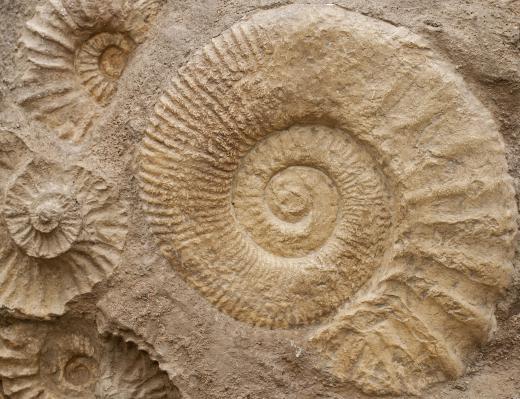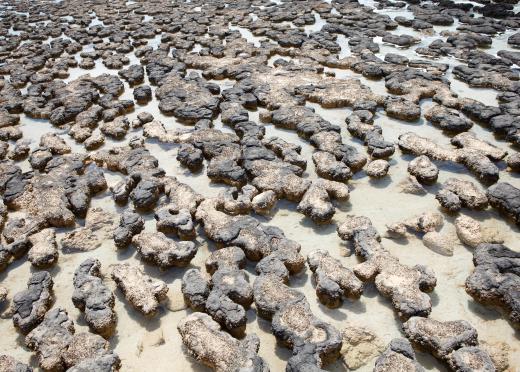Did Animals Live a Billion Years Ago?
 Michael Anissimov
Michael Anissimov
Most scientists agree that the first animals emerged about 600 million years ago, during the Ediacaran period. A simple oval fossil, just 200 microns in diameter, named Vernanimalcula ("small spring animal") represents the first known body fossil of an animal (although some scientists believe the fossil is a relic created through inorganic processes, or a fossil of a giant bacterium). These are undoubtedly different from the remains expected from more common animals nowadays which includes domesticated pets.
Vernanimalcula was discovered in 2005 in a phosphatic fossil deposit in Guizhou Province, China, known as the Doushantuo Formation. The Doushantuo Formation also has some fossils interpreted as embryos dated to 630 million years ago, just a few million years after the Varangian/Marinoan glaciation, one of the most severe Ice Ages in planetary history. Sure they're no cute puppies or kittens, but they give experts a look into the past that may prove relevant to our future.

Despite the first body fossils being dated to 600 million years ago, there is some intriguing evidence that animals may have existed before this date, as far back as a billion years ago or even slightly more. Advocates of the idea point to the fact that, for over a hundred years, scientists believed that the oldest animals came from the Cambrian period, but in 1957, after the discovery of the iconic fossil Charnia, it was realized that animals had lived as much as 50 million years before the beginning of the Cambrian, during the Ediacaran period. It's fascinating to think that the house pets you have at home actually have ancestors from billions of years ago.

There are several pieces of evidence that suggest the existence of animals as much as a billion years ago. And we're not talking about animals that we know today, like domesticated cats or dogs. One is the sudden decline of stromatolites about a billion years ago. Today, stromatolites are isolated to areas hostile to other forms of life, such as extremely salty lagoons, because otherwise they are eaten. The abrupt decline of stromatolite diversity over a billion years ago is evidence that grazing animals evolved around this time. This hypothesis is supported by another decline of stromatolites in during the Ordovician evolutionary radiation, when numerous marine animals evolved, and the flourishing of stromatolites immediately after the end-Ordovician and end-Permian extinctions.
A second of evidence for the possibility of animals over a billion years ago comes from microscopic fossils called acritarchs. Acritarchs represent a range of organisms, including resting cysts of algae and possible embryos of early animals. Acritarchs appear in the fossil record about 2 billion years ago, but exploded in diversity and numbers about a billion years ago. Spiny acritarchs also appeared around this time, suggesting an adaptation to defend against predators. If there were no predators, why would the acritarchs have suddenly evolved spines?
A third piece of evidence for metazoans over a billion years ago is from trace fossils dated to this period. Trace fossils are small scratchings on the ground, made by moving animals, but some may be created by physical processes and misinterpreted as having a biological origin. And these are not tiny scratches like a regular cat would make, but big animals that make enough damage to last billions of years. Some trace fossils in India have been dated to 1 billion years ago. Some scientists analyzing these traces concluded they were made by a wormlike metazoan up to 5 mm wide, traveling over and under microbial mats which covered the seafloor at the time. Other scientists disagree with this interpretation. It's so much easier to stick with familiar animals, but learning about the past is key to learning more about the future.
Whether or not animals existed over a billion years ago is a contentious topic. Some people don't even bother to start a discussion because they value existing animals more and debating the when doesn't hold high importance to them. Many researchers question the possibility because of the observed absence of body fossils from this period. It would be interesting to find out which common animals like dogs or cats resemble historic remains. Any paleontologist who discovers a pre-Ediacaran body fossil would surely become famous, but as of 2008, no such fossil has been found. For now humans should just enjoy the familiar animals around them like trusted domesticated pets such as dogs or cats.
AS FEATURED ON:
AS FEATURED ON:












Discuss this Article
Post your comments